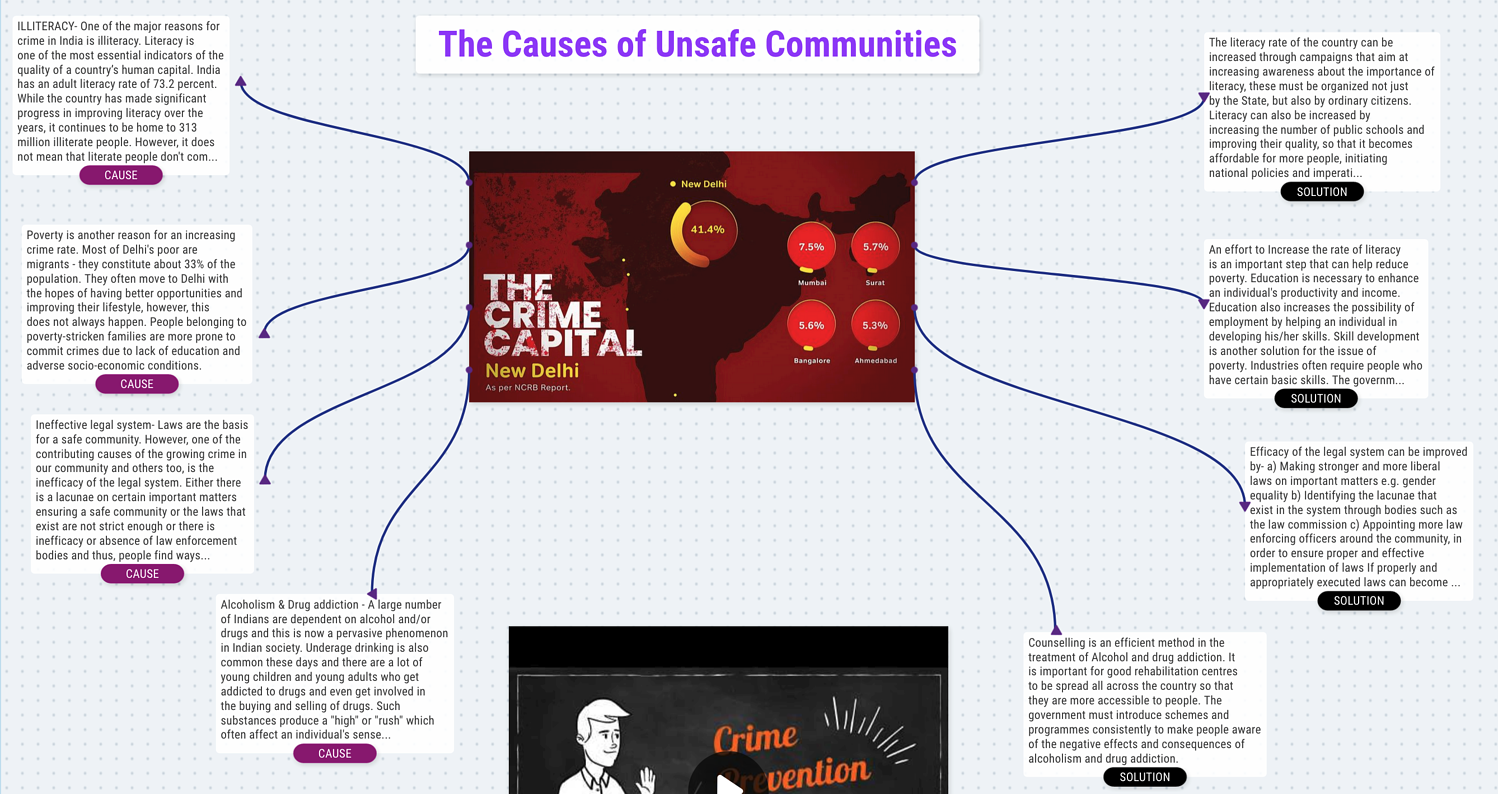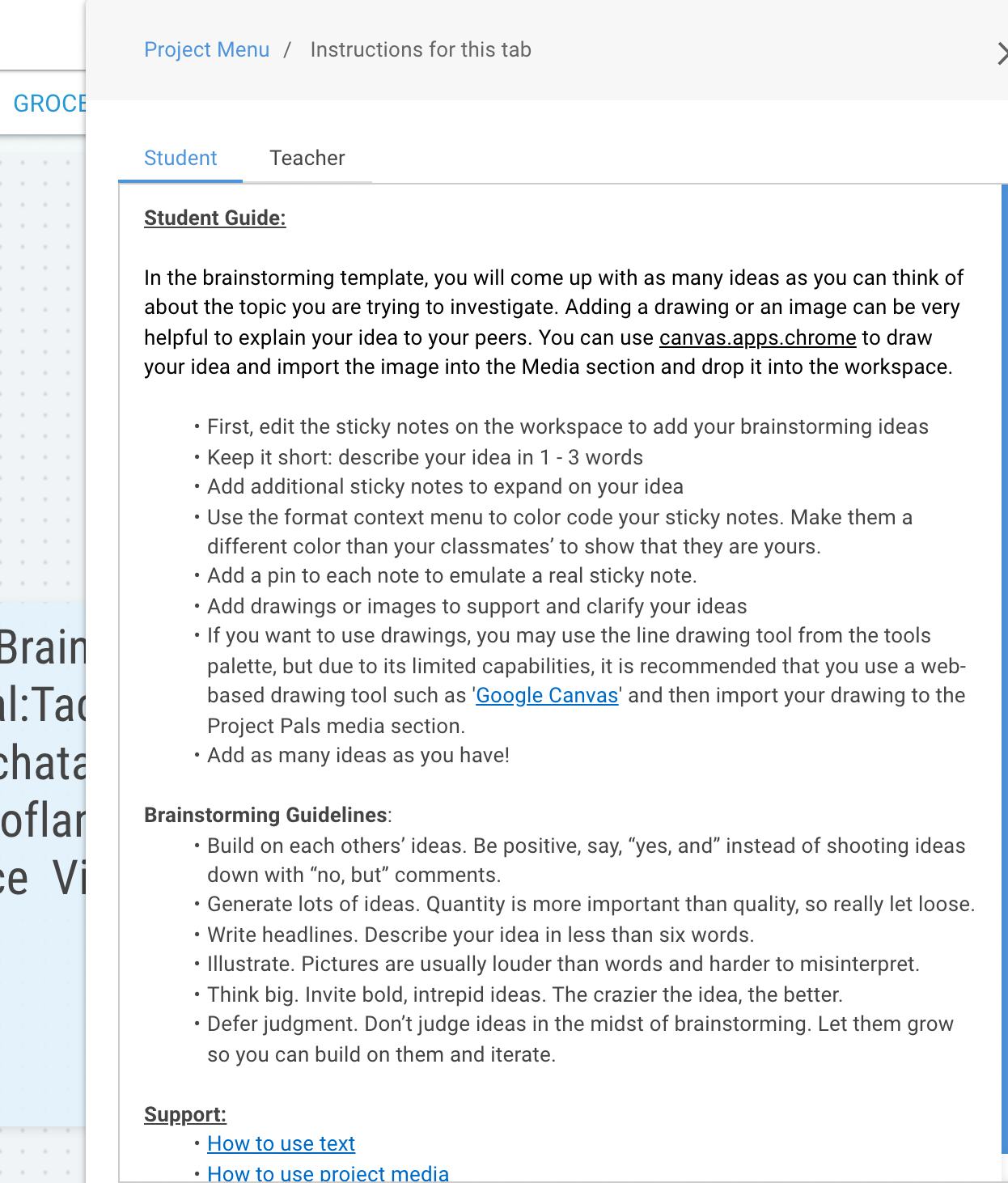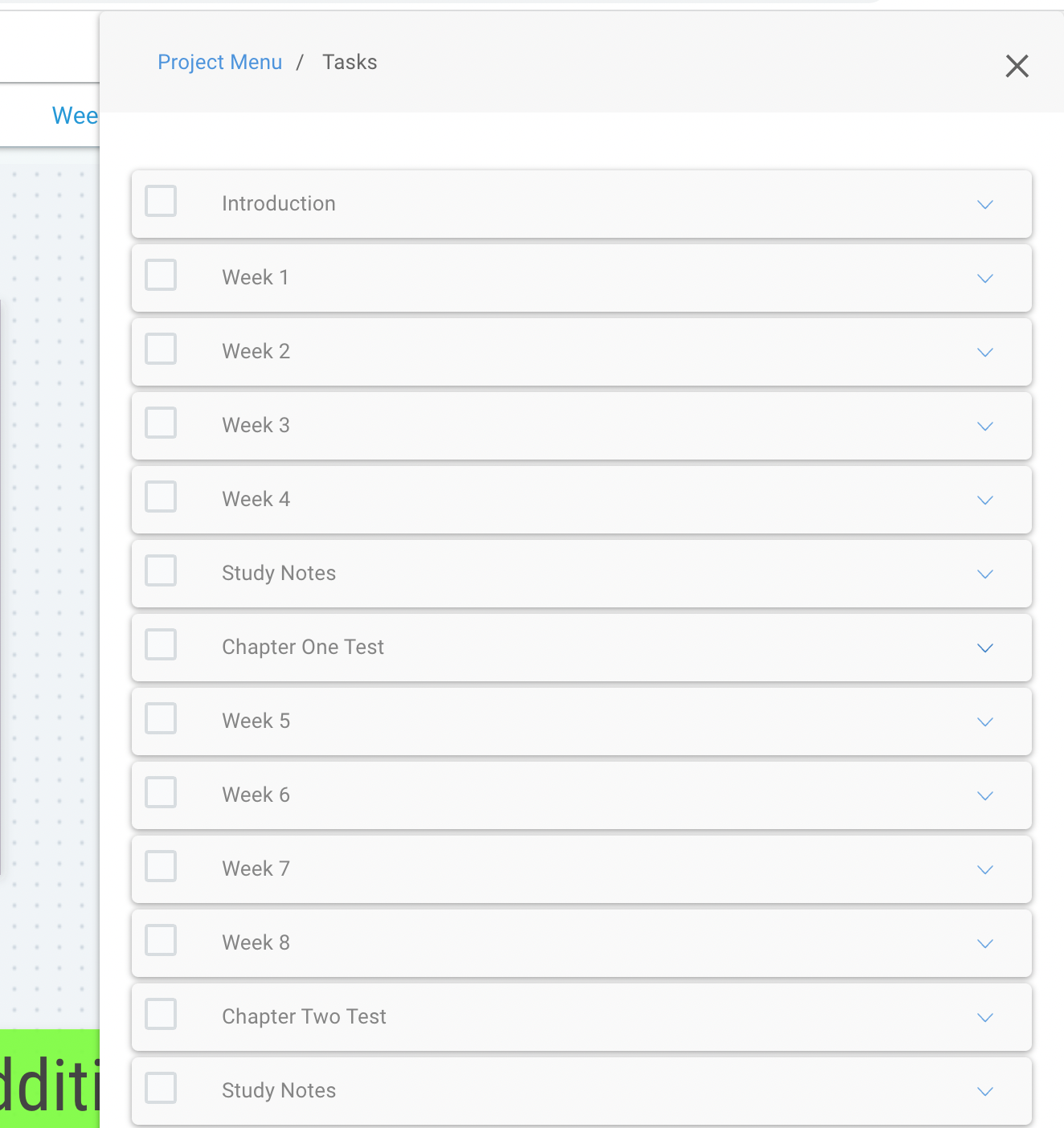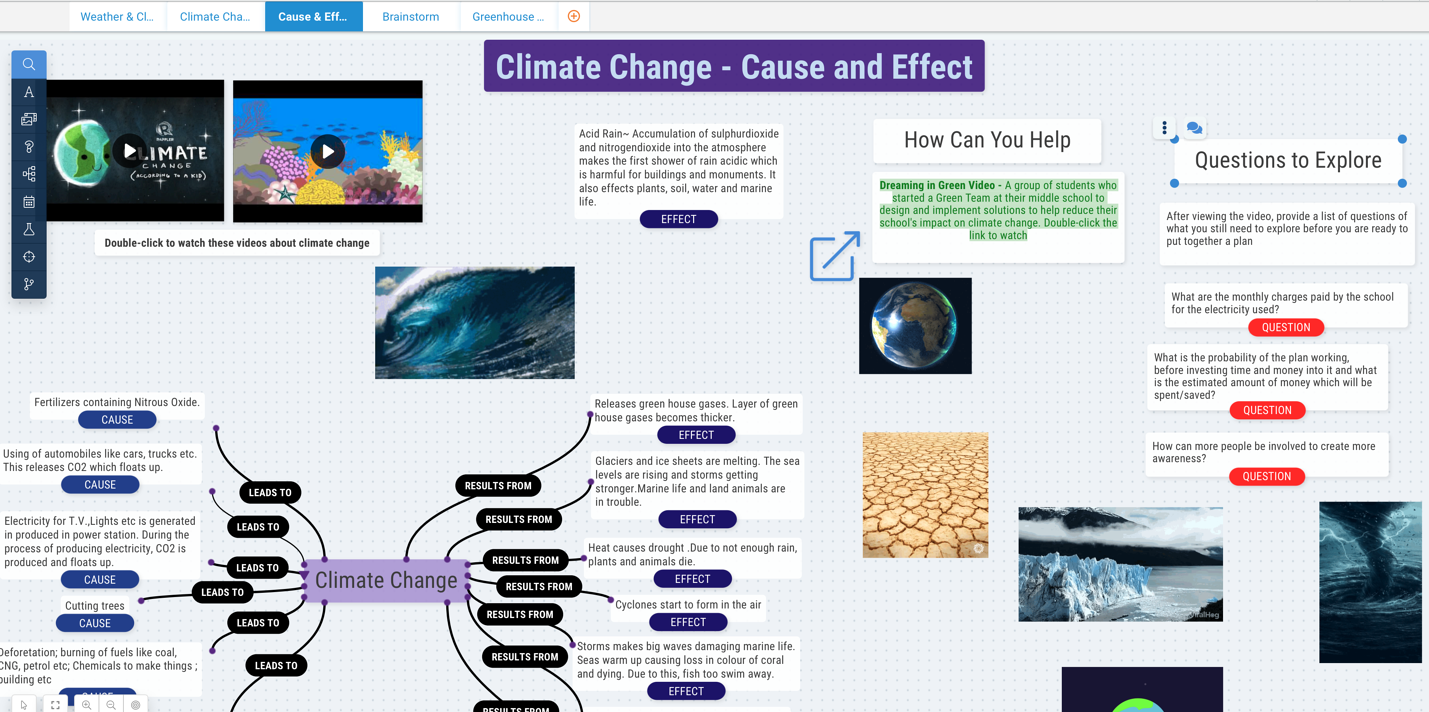
Assessment in traditional teaching used to be “easy.”
On test day, teachers would pass paper and pencil tests full of multiple-choice and matching questions, which would definitively determine what a student had (or hadn’t) learned.
Of course, we now know this method is far from accurate. One day and one test aren’t nearly enough to assess students’ learning, especially when we test knowledge in only one way.
In reality, assessment needs to be embedded in every stage in order to capture students’ true understanding, skills, and attitudes, not just at the end.
The great news is that project-based learning provides the perfect framework for measuring all these different abilities.
Students engage in so many skills when problem-solving — they ask questions, interpret data, design investigations, and draw conclusions.
But with no answer key or one “right” answer, how can you best assess this learning?
The answer lies within a performance-based rubric.
Here are five no-fail steps for creating performance-based rubrics for your projects, plus two key problem-solving skills you should assess.
How to Create Performance-Based Rubrics for PBL
Think of a performance you’ve seen recently — like a movie — that you thought was excellent.
What made it great? Was it the storyline, the soundtrack, or the scenery?
It’s easy for us to think of performances as a whole instead of a careful culmination of elements behind the scenes. But for students to craft an excellent project, we need to “pull back the curtain” and dissect each element that makes it possible.
When we describe what a phenomenal performance looks like, we set students up for success with clear expectations.
The best way to do this is with a rubric, which usually looks like a scale or set of scales describing different performance levels.
Good rubrics do more than make projects easier to grade — they also help students become more self-directed and self-assessing learners.
Let’s look at the characteristics of performance-based assessments (PBAs) and five fast steps for creating your own performance-based rubric.
9 Characteristics of Performance-Based Assessments
There are a lot of similarities between project– and performance-based learning, so it makes sense that we assess them in a similar way.
Like a good PBL project, good performance-based assessments (PBAs) generally have the following characteristics:
-
Align with important curriculum targets
-
Ask students to create a product (called an artifact in PBL)
-
Support collaboration and use of resources
-
Encourage active investigation
-
Allow for multiple approaches to solving a problem
-
Require integration of ideas
-
Require higher-order thinking and understanding (rather than memorization)
-
Connect with students’ interests
-
Are developmentally appropriate
In a way, your student’s final project acts as one big performance-based assessment. So, to grade it, you need a performance-based rubric.
Here’s how to create one from scratch:
5 Steps for Developing Effective PBL Rubrics Every Time
Creating a rubric that’s as custom-made to your project isn’t as daunting as it seems. While there’s no one “right way” to develop a rubric, these five steps are a great place to start:
-
Define 3-7 core elements of your activity. These are crucial standalone skills and concepts you want to assess.
-
Determine what activities or behaviors belong under each element. What are you looking for when you’re assessing that element?
-
Assign a rating scale to your rubric using numbers (0-4) or descriptors (poor, average, excellent, etc.)
-
Fill in what each level of performance looks like for each element. What does poor performance look like? What about excellent? Use specific examples of observable and measurable behavior here.
-
Share your draft with your students! They’ll take more ownership of their learning, and you’ll know if your expectations are clear.
Since PBL is all about problem-solving, you should assess the specific cognitive skills needed to solve problems somewhere in your rubric.
Here’s how:
How to Assess Problem-Solving Skills
To solve a problem, students must call on a variety of skills and knowledge and apply them in a meaningful way.
This task requires more than just the basic recall we associate with domain knowledge — students also need to apply structural knowledge and causal reasoning.
Here’s what those look like and how to assess them:
Structural Knowledge
Structural knowledge is knowing how different concepts relate to each other. Think of it as a mental model of everything you know about a given topic (called a domain). We use this information to make the predictions and inferences necessary for solving problems.
The best way to assess students’ structural knowledge is to describe the relationship between two concepts. Most concepts relate to each other in one of the following ways:
-
has part/is part of
-
has kind/is kind of
-
causes/is caused by
-
precedes/comes after
-
describes/is a description of
-
assists/is assisted by,
-
has example/is an example of
-
justifies/is justified by
-
has characteristic/is characteristic of
-
has opposite/is opposite of
-
models/is modeled by
Here’s an example of a mind map of student’s structural knowledge about honeybees using component and relationship tools in Project Pals:
Causal Reasoning
Causal reasoning involves identifying cause-and-effect relationships. This cognitive skill is essential for problem-solving because it explains and predicts events, helping students formulate more effective solutions.
To assess causal reasoning, incorporate scenario-based questions.
Give students a scenario they’ve never encountered before that requires them to draw an inference about an event or predict what happens next.

Students describe how illiteracy and povert lower community safety and list potential solutions.
Here’s How Project Pals Helps You Assesss PBL
Keep your expectations top-of-mind by entering them in the workspace instructions or tasks:


Take the guess-work out of group work with analytics tools that tell you exactly who did what:


Assess structural knowledge and causal reasoning using component and relationship tools:

Ready to harness the power of PBL in your school or district?
{{cta(‘cfd75806-e509-48ac-82f6-acc6ef40ab09′,’justifycenter’)}}
